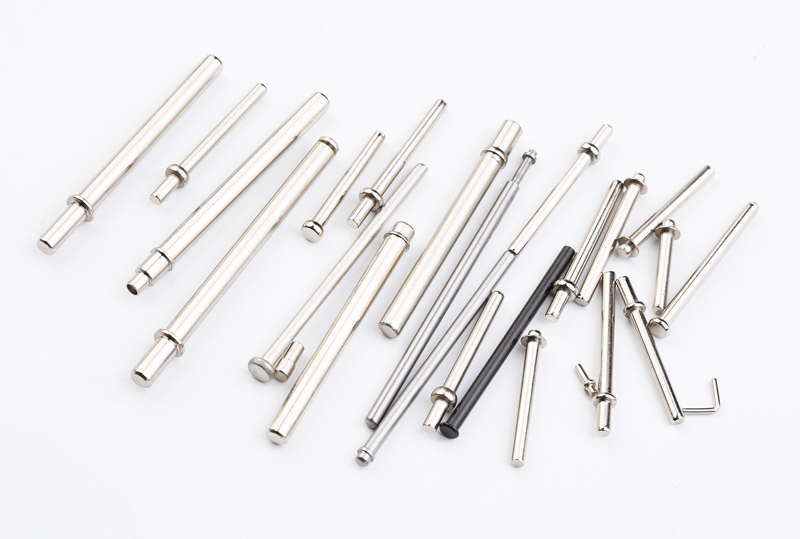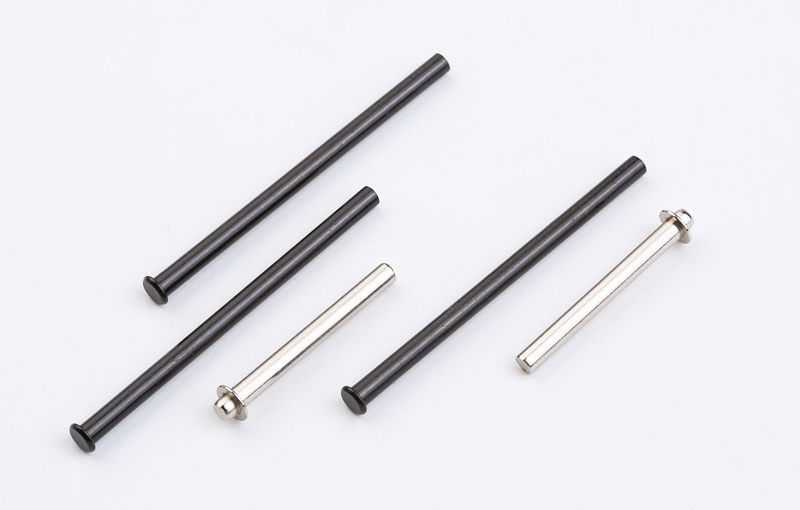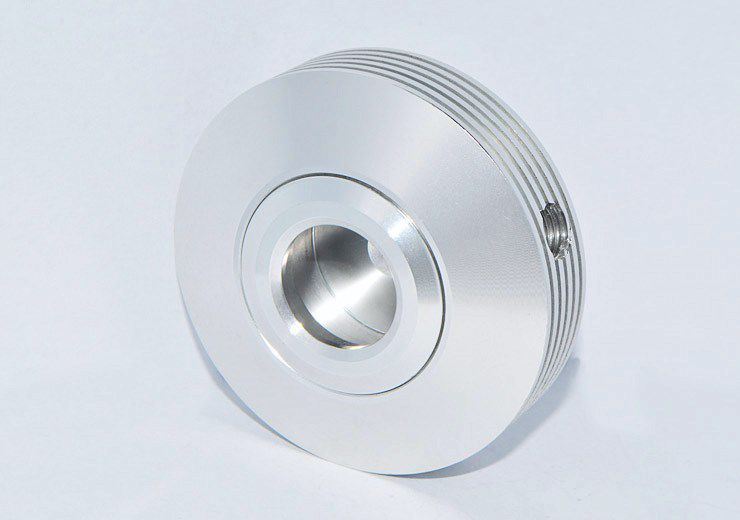Thin-walled parts are widely used in aerospace, precision instruments and other fields due to their advantages of light weight and material saving. However, their characteristics of poor rigidity and easy deformation also bring great challenges to CNC lathe machining. To complete the machining of such parts with high quality, a series of targeted process methods need to be adopted.

Precise Process Planning
Precise process planning is the premise of success. Before programming, it is necessary to conduct in-depth analysis of the part structure, reasonably set the processes of rough machining, semi-finishing and finishing, follow the principle of "inside first then outside, near first then far", and release internal stress by removing allowances uniformly. At the same time, scientific arrangement of tool paths is crucial. Continuous and smooth tool paths should be maintained to avoid sudden changes in cutting force, and axial cutting should be adopted as much as possible to disperse radial force.

Clever Clamping Scheme
A clever clamping scheme is the core of controlling deformation. The strong and tough clamping of traditional three-jaw chucks can easily lead to workpiece deformation. Therefore, special toolings that can generate uniform radial tension, such as liquid plastic fixtures and expansion sleeve fixtures, are preferred. For mass production, designing wrapped fan-shaped soft jaws or filling supports such as low-melting-point alloys in the workpiece clamping area can effectively enhance local rigidity and prevent clamping deformation.

Optimized Cutting Parameters
Optimized cutting parameters are the key to ensuring accuracy. The cutting strategy of "small depth of cut, fast feed, high speed" should be adopted. Sharp positive rake angle and large main deflection angle inserts are selected to significantly reduce cutting resistance and vibration. Sufficient cutting fluid should be poured, which not only cools down but also plays a role in chip breaking and lubrication, further improving the quality of the machined surface.
Through the coordinated control of the above three aspects of process, clamping and cutting, the technical bottleneck of thin-walled parts machining can be effectively overcome, and precision thin-walled products meeting high-standard requirements can be stably machined on CNC lathes.